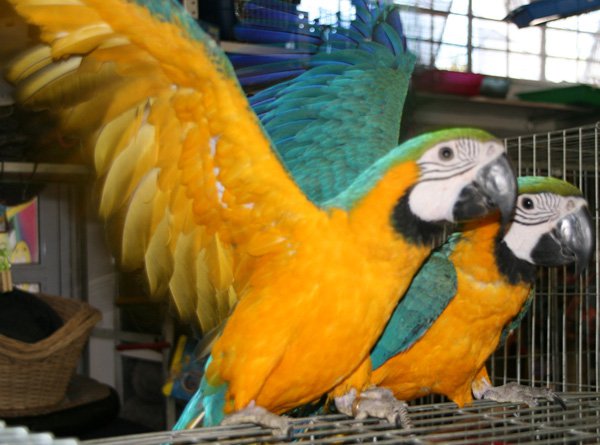
As with any purchase it is important that you get value for your money even when you are buying your first cattle breed. If you are uncertain about how to purchase a beef animal then it would be best to deal with someone who is ethical and understands this side of the business. This could include a family member, friend, neighbor, local farmer or County Agent. The idea is to not go into a purchase with little or no information or background. Here are 4 important cattle diseases and preventions to be aware of when buying cattle breed:
1. Clostridial Diseases
A group of related diseases may cause sudden death, especially in young, growing cattle. These diseases are Blackleg, Enterotoxemia, etc. Good vaccines are available and cattle should be vaccinated early in life with boosters at appropriate times. Your veterinarian can help you select the proper vaccine and outline a time schedule. This would include a 7-way Clostridial vaccine at 2-3 months of age and a second booster at weaning.
2. Respiratory Disease (pneumonia) stress
Weather changes and infectious agents may all be involved and are most common in calves soon after weaning. Minimize stress at this time and provide protection from the elements, such as a shed and windbreak. Develop a vaccination program with your veterinarian including IBR (infectious bovine rhinotracheitis), PI3 (parainfluenza type 3), BRSV (bovine respiratory syncytial virus) and BVD (bovine virus diarrhea). A minimal program for respiratory disease would include an intra nasal vaccination with IBR and PI3 at 2-3 months of age and a vaccination at weaning containing a modified live virus (MLV) for IBR, PI3, BRSV, and BVD.
3. Parasite Control
When cattle are grazed on the same pastures every year, internal parasites may become a problem. In this situation deworming is needed to minimize parasite load and allow proper gains. Specific products to use and the time are critical considerations and depend on your grazing program. Your local veterinarian is best prepared to provide advice. External parasites of concern include lice, (common in winter) and horn flies (common in summer). Both need to be controlled, and several pesticides and methods of application are available.
4. General
Injections of any type may cause lesions if injected into the muscles. All injections should be given subcutaneously (under the skin) when possible. Muscles in the neck can be used if it is necessary that intramuscular injections be given. DO NOT make injections into the hind quarters (rear legs or hip). Be sure to keep records of all treatments and always follow the withdrawal times as directed. The directions on the product will indicate how long the animal must be withheld from slaughter after use of the specific product. Always follow all directions on the label.
Raising beef cattle can improve quality of life and provide great satisfaction and responsibility for families. Explore your options and then decide. If you would like more tips on cattle diseases and health management, please visit: www.howtoraisecattle.com
 Dog Gear and Accessories for Training
Dog Gear and Accessories for Training
 Why First Dog Bo Obama Matters
Why First Dog Bo Obama Matters
 Dealing With A Roaming Dog
Dealing With A Roaming Dog
 Avoid Brutal Pest Infestation – Get Pest Removal Services from the Professionals
Avoid Brutal Pest Infestation – Get Pest Removal Services from the Professionals
 Can You Prevent An Unspayed Female Dog From Coming Into Season?
Can You Prevent An Unspayed Female Dog From Coming Into Season?
 Keep your pet animal safely in your absence in pet day care
Keep your pet animal safely in your absence in pet day care
 Polycystic Kidney Disease In Persian-type Cats
Polycystic Kidney
Polycystic Kidney Disease In Persian-type Cats
Polycystic Kidney
 Walking A Reactive Dog On The Lead
Walking A Reactiv
Walking A Reactive Dog On The Lead
Walking A Reactiv
 How To Greet A Cat In Cat Language
How To Greet A Ca
How To Greet A Cat In Cat Language
How To Greet A Ca
 Five Universal Personality Traits Of The Rottweiler
Five Universal Pe
Five Universal Personality Traits Of The Rottweiler
Five Universal Pe
 Teaching Your Children To Respect Your Dog
Teaching Your Chi
Teaching Your Children To Respect Your Dog
Teaching Your Chi
Copyright © 2005-2016 Pet Information All Rights Reserved
Contact us: www162date@outlook.com